- Home
- Self Adhesive Paper for Wooden Furniture: Peel & Stick?
Oct . 02, 2025 12:50 Back to list
Self Adhesive Paper for Wooden Furniture: Peel & Stick?
A practical insider’s guide to melamine décor films posing as “self-adhesive” quick fixes for wood furniture
If you’ve been hunting for a durable, realistic wood finish without the mess of varnish, you’ve likely stumbled across self adhesive paper for wooden furniture. Here’s the twist: the product that actually delivers the pro-grade look in millwork shops is melamine impregnated décor paper—press-laminated onto MDF/particleboard, or converted with PSA (pressure-sensitive adhesive) for refacing. I’ve toured plants in Hebei and the delta—this category’s evolved fast, and honestly, it’s better than many people think.
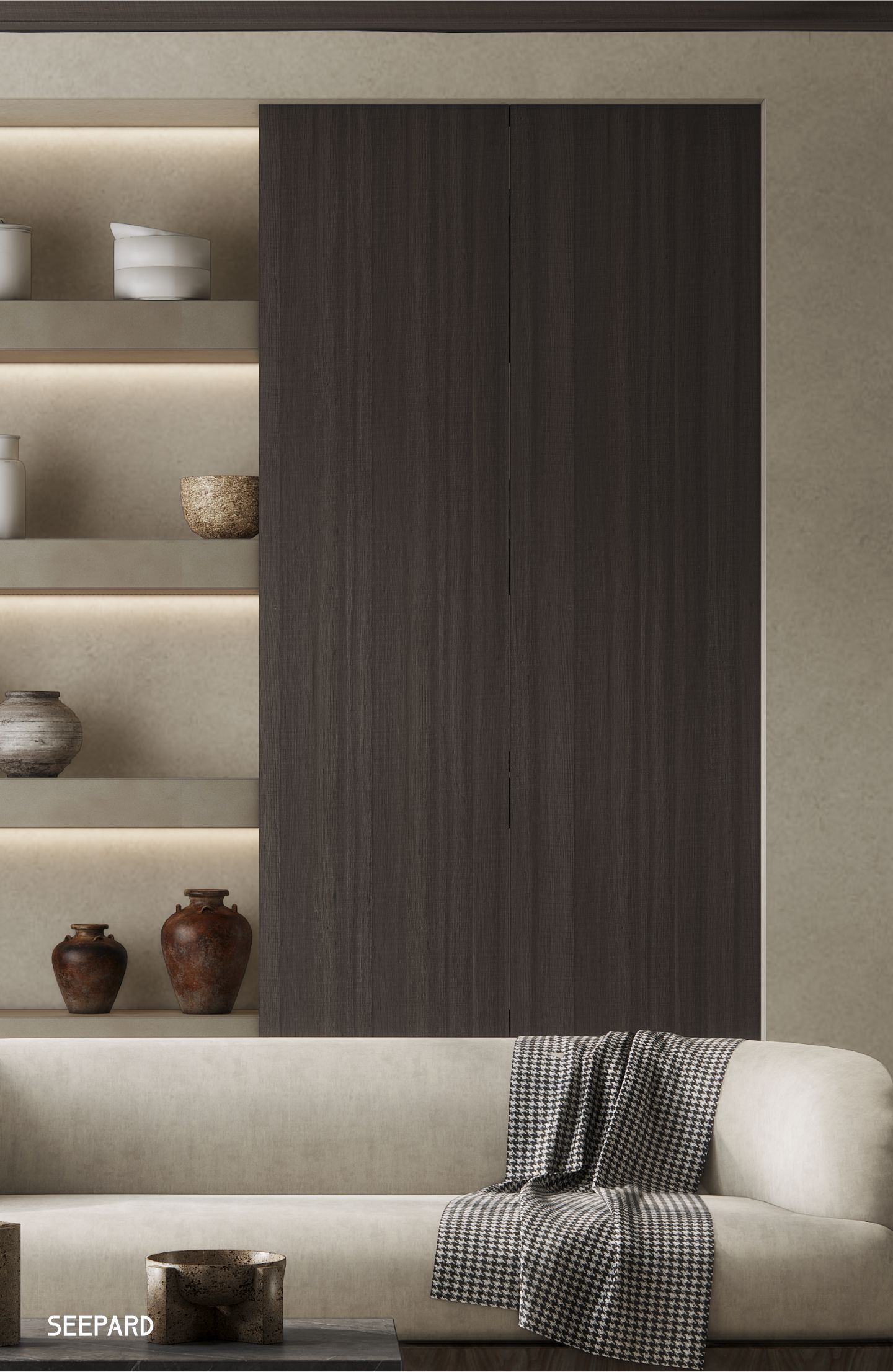
What’s trending (and why shops care)
The move is toward realistic wood grains, stable color across batches, and surfaces that survive coffee, marker, and busy hands. In fact, many customers say they want a “weekend refacing” solution; fabricators want consistency and EN/ISO-backed performance. Shineway (Xingtai, Hebei) leans into both: eight lines for wood-grain foil, six for melamine décor paper, plus transfer paper/film and edge banding—so the match across parts is pretty tight.
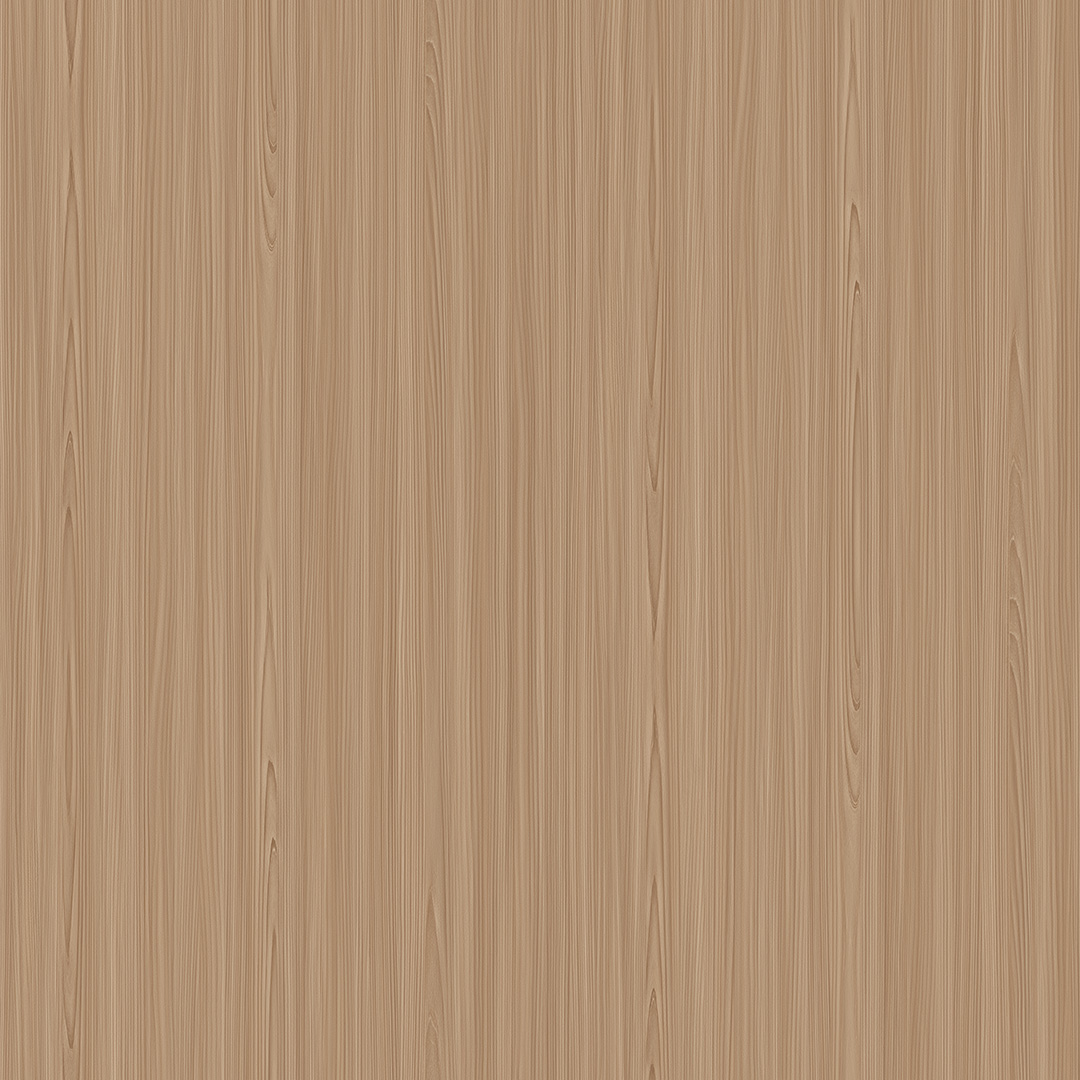
Product snapshot: Excellent Grade Different Wood Grains Melamine Impregnated Paper
| Spec | Typical value (≈, real-world may vary) |
|---|---|
| Base grammage | 70–115 gsm (70/80/85/90/95/100/110/115) |
| Widths | 970, 1070, 1250, 1270 mm |
| Resin system | Melamine-urea impregnation (high solids) |
| Surface | Matte/soft-touch/gloss options (≈6–60 GU @ 60°) |
| Color stability | ΔE generally ≤ 1.0 across batches, controlled inks |
| Abrasion (Taber) | ≥ 600 cycles (CS-10, 1 kg) after lamination, lab-typical |
| Stain resistance | Pass groups 1–2 per EN 14322 context |
| Water/heat | No blistering after 24 h water; ≈120°C dry heat (post-press) |
| Service life | Indoor 5–8 years typical use |

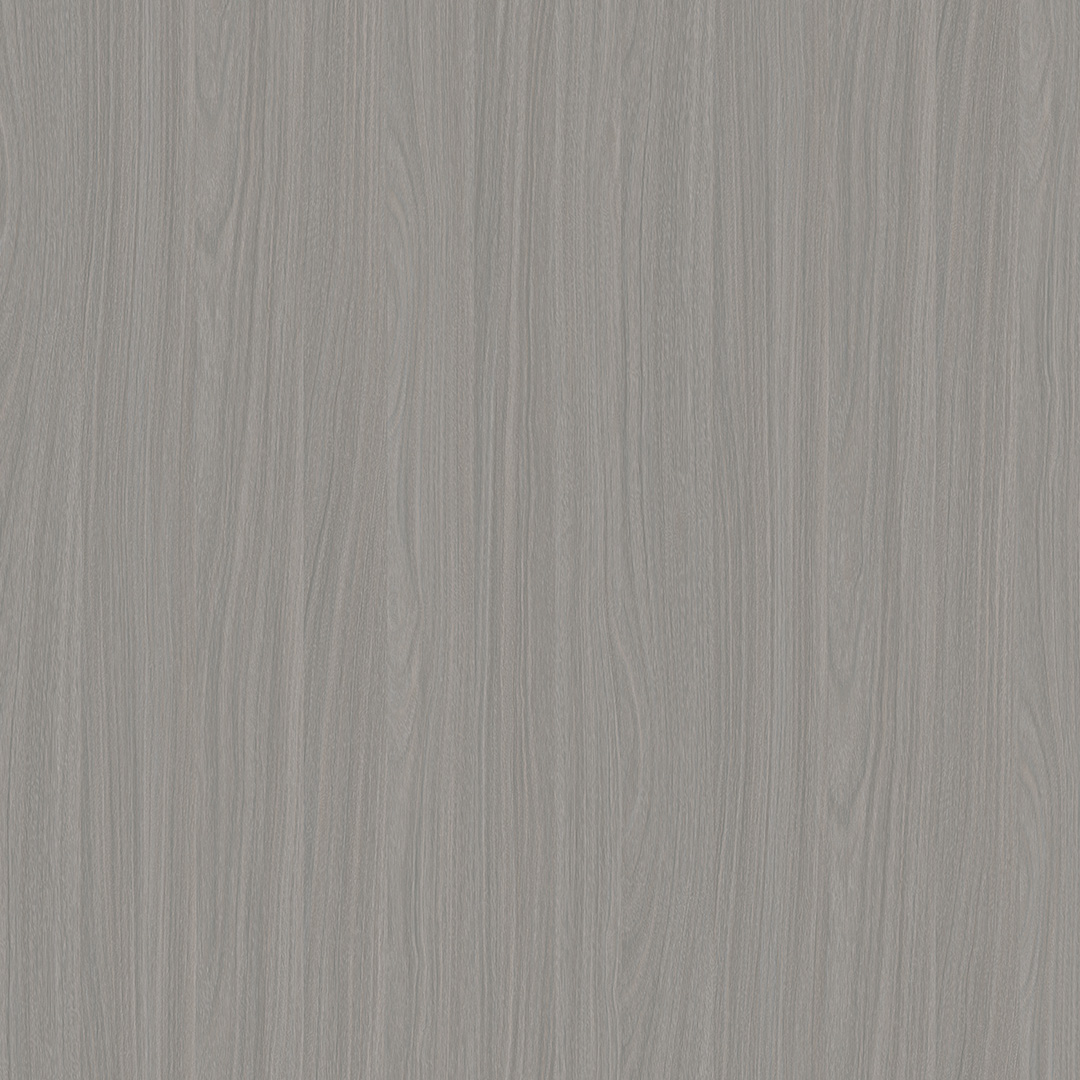
Process, methods, and tests (the quick version)
Base decorative paper → gravure wood-grain printing → melamine-urea impregnation → controlled drying → roll/cut → press-lamination onto MDF/particleboard at heat/pressure. For “self adhesive paper for wooden furniture” field refacing, converters add PSA + release liner. Testing references include EN 14322 surface requirements, ISO 2409 cross-cut adhesion (for PSA conversions), and ASTM D4060 Taber abrasion. Internal QC tracks ΔE, basis weight, resin pick-up, and cure.
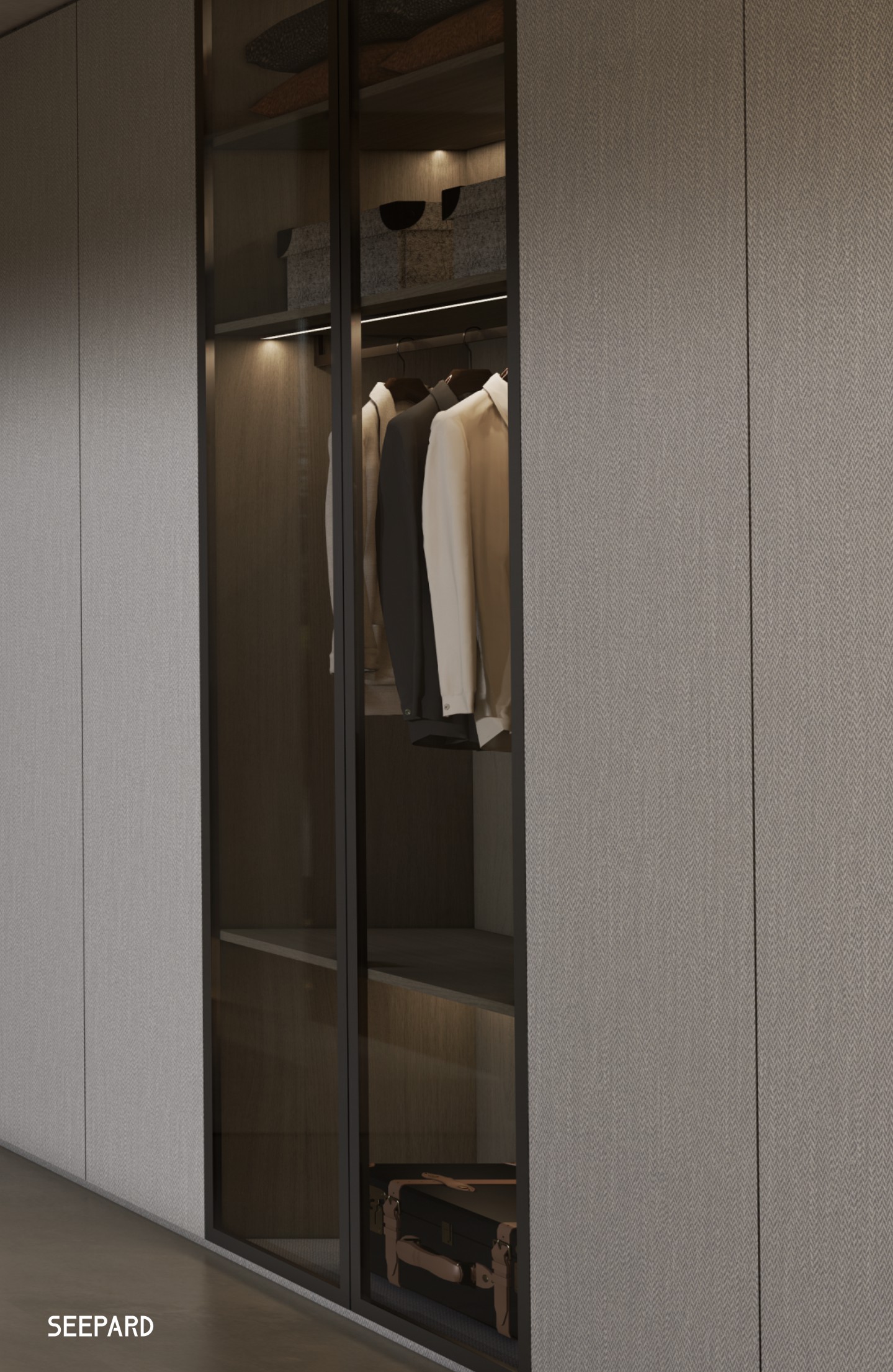
Where it fits
- Cabinet doors and carcasses, wardrobes, office desks, shelving.
- Door skins and RV interiors where low weight matters.
- On-site refacing with PSA-backed versions for rental upgrades. Tip: clean, lightly sand, and prime glossy lacquer to boost adhesion; ISO 2409 score GT0–GT1 is the goal.
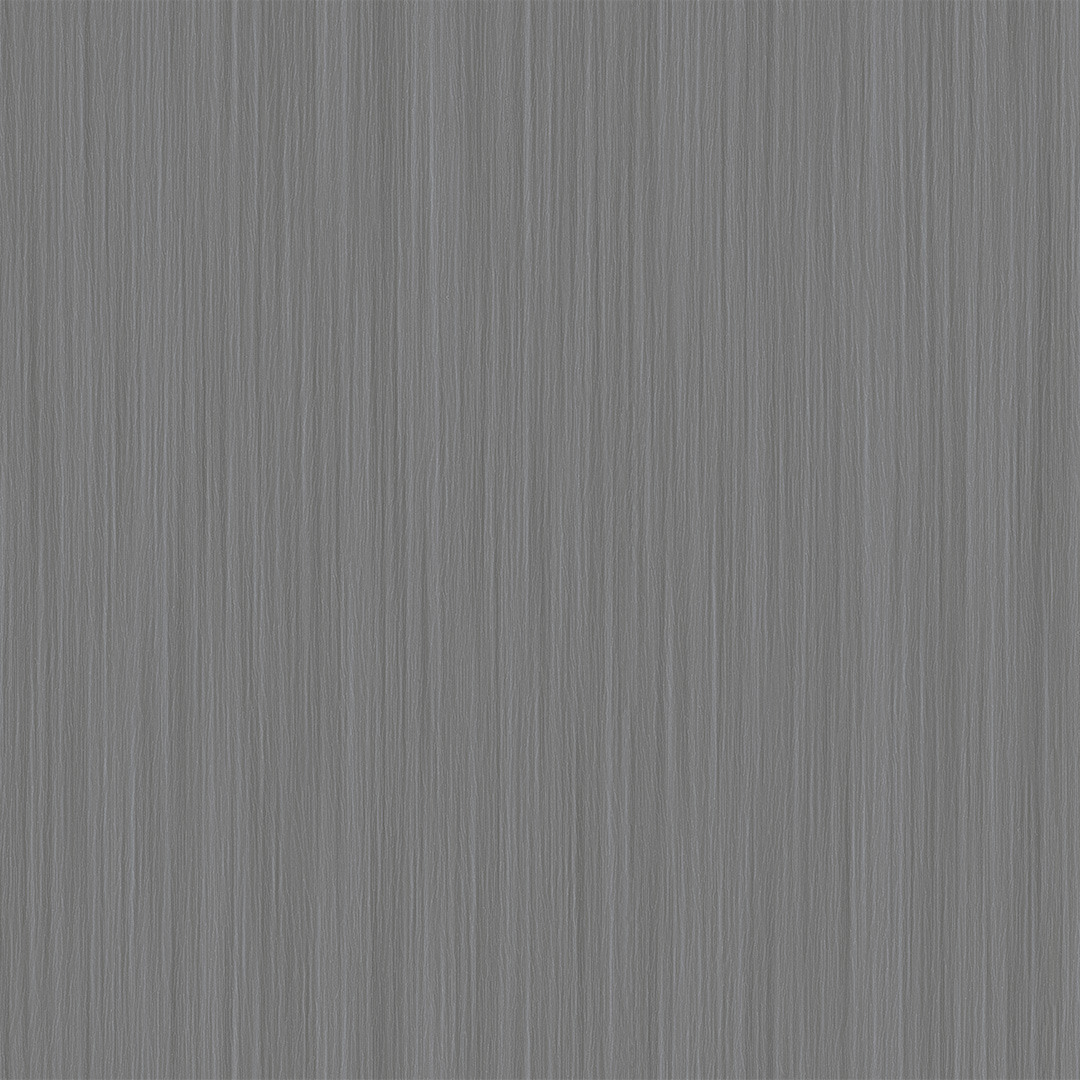
Vendor snapshot (what buyers usually compare)
| Item | Shineway (Hebei) | Vendor A (Generic) | Vendor B (Low-cost) |
|---|---|---|---|
| Lines/capacity | 8 foil + 6 melamine + transfers + 10 edging | Fewer lines | Small batch |
| Width options | 970–1270 mm | Limited | Limited |
| Color ΔE control | ≈ ≤ 1.0 (tight) | ≈ 1.5 | ≈ 2.0+ |
| Matching edge band | Yes (in-house) | Outsourced | No |
| Tech support | Press & PSA guidance | Basic | Minimal |

Customization and add-ons
Wood grains (oak, walnut, ash, teak), synchronized pores, gloss tuning, and widths are routine. Some buyers request antimicrobial coatings or FR packages; feasibility depends on resin add-ons and target standards (to be honest, test before rollout). For self adhesive paper for wooden furniture conversions, PSA type (acrylic/solvent) and liner caliper impact lay-flat and peel.
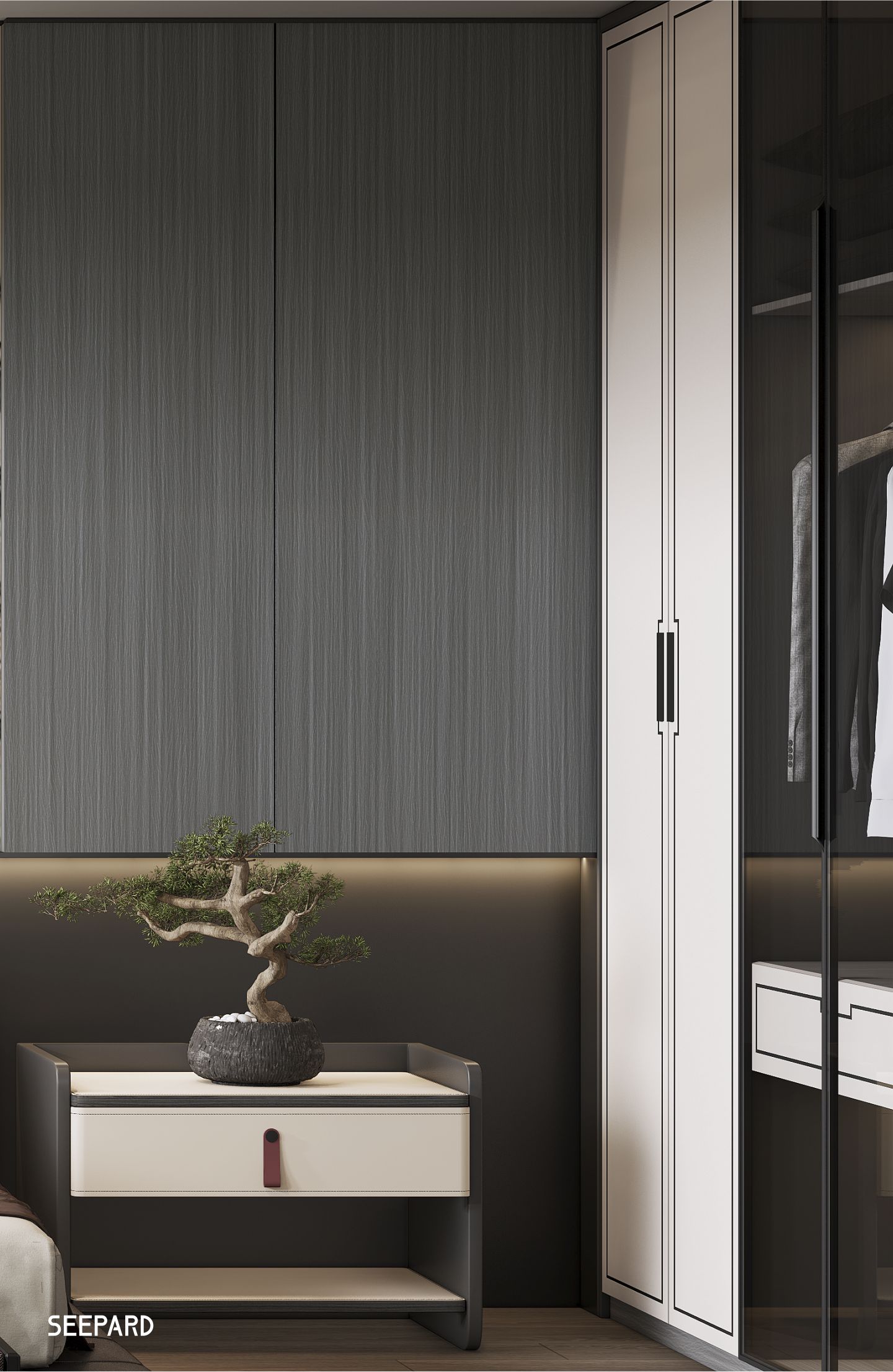
Mini case notes
- Office fit-out, Southeast Asia: PSA-backed refacing cut downtime by ~30%; Taber after install measured ≈650 cycles.
- Budget kitchens, EU: Pressed panels met EN 14322 stain groups 1–2; field feedback said “surprisingly realistic grain” and fewer color complaints.
Bottom line: whether you press in-house or use a converter for self adhesive paper for wooden furniture, this melamine décor route nails the “real wood, less hassle” brief—and the color stability batch to batch is what keeps procurement sane.
Authoritative references
Latest news
-
High Quality Self Adhesive Cabinet Paper: Durable, Sustainable Finishes for Modern Cabinets
NewsNov.20,2025
-
High Quality Both Side Printing Photo Paper | Superior Double-Sided Prints & Eco Benefits
NewsNov.19,2025
-
The Comprehensive Guide to High Quality Kitchen Table Contact Paper | Durable & Eco-Friendly Solutions
NewsNov.18,2025
-
Durable & Stylish High Quality Contact Paper on Dresser Drawers | Shineway Paper
NewsNov.18,2025
-
Discover High Quality Contact Paper for Kitchen Cabinets – Durable, Eco-Friendly, Affordable
NewsNov.15,2025
-
High Quality Removable Contact Paper For Kitchen Cabinets – Durable & Versatile
NewsNov.14,2025

